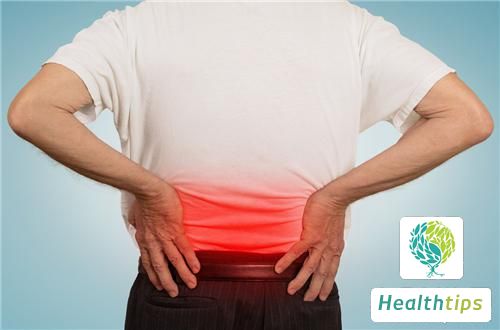What is a Blocking Drug and Where Can I Purchase It?
There are many common types of drugs available in the market, but some special drugs are developed specifically for certain diseases. Patients who do not have these diseases may have very little knowledge about these drugs. Some people may have heard of a drug called HIV blockers, but what are HIV blockers and where can they be purchased? Below is a detailed introduction to HIV blockers for those who are interested.

(1) Nucleoside analogues. They are mainly used to treat AIDS and related syndromes, reduce opportunistic infections, but they cannot cure AIDs completely, and most of them have serious adverse reactions, requiring long-term or lifelong medication.
(2) Non-nucleoside reverse transcriptase inhibitors. This drug can be used in combination with other anti-HIV drugs to treat HIV infection, including newly infected asymptomatic patients.
(3) Protease inhibitors. These drugs can effectively inhibit HIV replication and reduce adverse reactions when used in combination with nucleoside analogues.
(4) Entry inhibitors. These drugs interfere with the adhesion and fusion of HIV with host cells to achieve antiviral effects.
(5) Integrase inhibitors. These drugs inhibit the integration of the viral genome into the host cell genome by inhibiting integrase, and the first drug is expected to be approved by the U.S. Food and Drug Administration.
HIV blockers are generally available at disease control centers or hospitals. They are effective for prevention within 72 hours, and the sooner the better. You can first go to the disease control center, and if they don't have it, ask where you can buy it.
The optimal times for taking HIV blockers are 2 hours, 24 hours, and 72 hours. The blocking rate is extremely high within 2 hours, very high within 24 hours, and begins to decline after 24 hours, with a rapid decline after 48 hours. However, it is still recommended to take the drug as it may save lives.



















